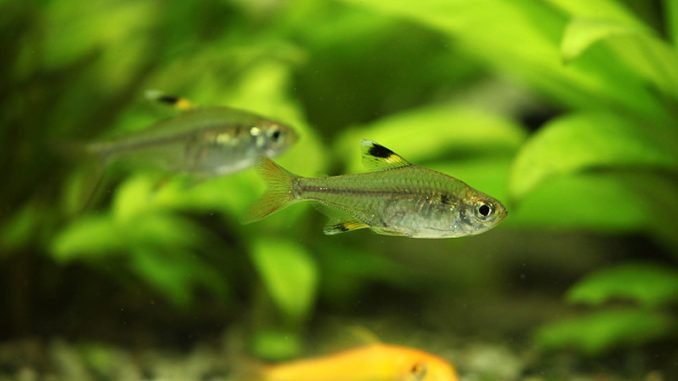
The pristella tetra is a favorite freshwater fish among aquarists. Its popularity is driven by its beautifully translucent body.
Pristella tetras are easy to care for, making them attractive tank mates for your existing fish. Pristella tetras are hardy fish that even beginners can comfortably care for.
As part of the Characidae family, the pristella tetra fish is closely related to other popular aquarium species, such as neon tetras, rummy nose tetras, and blind cave tetras.
While pristella tetras may not add much color to your aquarium, they will introduce plenty of activity with their shoaling behaviors.
TABLE OF CONTENTS
Pristella Tetra Facts & Overview
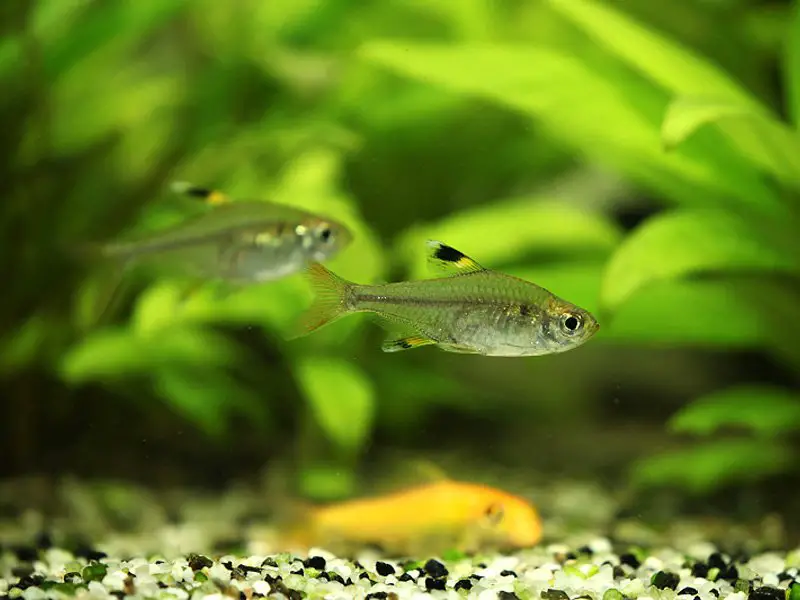
| Category | Rating |
| Care Level: | Easy |
| Temperament: | Peaceful |
| Color: | Translucent |
| Lifespan: | ~3-4 years |
| Size: | ~2 inches |
| Diet: | Omnivorous |
| Family: | Characidae |
| Minimum Tank Size: | 10 gallons |
| Tank Setup: | Freshwater, plants, swimming spaces |
| Compatibility: | Peaceful community |
Pristella tetras are often called different names in pet stores. Perhaps the most common example is x-ray tetras, because you can see through their bodies. Other names are goldfinch tetra and signal tetra.
Their scientific name is Pristella maxillaris, which is why this fish is commonly known as the pristella tetra.
Like many other species of tetra fish, pristellas are native to the Amazon and Orinoco basins in South America. Here, they enjoy the warm temperatures of the tropical freshwater.
Sometimes, pristella tetra populations are found closer to estuary habitats, which shows their hardy nature as they can tolerate higher salinities. However, these conditions are not recommended for an aquarium.
You should find it easy to buy pristella tetras. These fish are widely sold in pet stores, so there will likely be some available near you.
Pristella tetras for sale in pet stores are usually bred in captivity. It’s rare to find wild specimens for sale.
Before purchasing your fish, check the prospective stock carefully. Look out for any signs of disease or injury, including loss of color, markings on the body, or physical wounds.
You should go to a different store if you think you may be at risk of buying unhealthy fish.
In the wild, pristella tetras normally live for 3–4 years. These fish can live five years in captivity, as long as they are kept in a healthy environment.
Appearance & Behavior
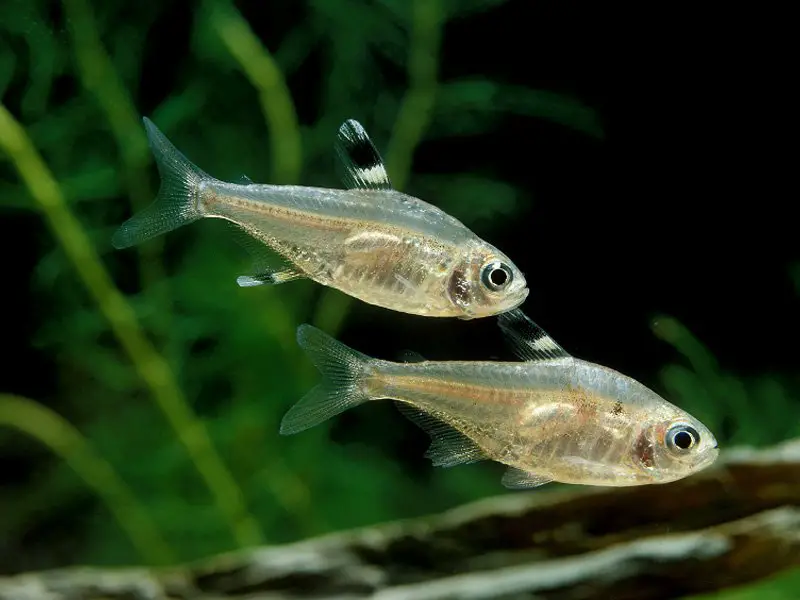
The first thing you will notice about the pristella tetra is its general lack of color.
Normally, a “washed out” appearance might dissuade aquarists from buying these fish. With pristella tetras, however, their appearance is their main selling point.
Pristella tetras have translucent bodies that allow you to see their organs and inner workings. You can look all the way through these fish to the other side of the tank.
It isn’t actually correct to say that pristella tetras have no color whatsoever. These fish have small stripes of yellow at the base of their dorsal and anal fins. Further up the fins are black stripes, and the ends are tipped with white.
Most pristella tetras have a black spot just behind their heads, and some have yellow or orange tail fins.
You can use a pristella tetra’s colors to assess when the fish is stressed, as stress causes the colors to fade.
A characteristic feature of pristella tetras is the Weberian apparatus.
The Weberian apparatus is a series of small bones connecting the swim bladder to the auditory system, acting as an amplifier and improving the fish’s sense of hearing. The Weberian apparatus is useful for finding food and avoiding predators.
Typically, a pristella tetra reaches two inches in length, including its short fins.
Male and female pristella tetras look similar, so sexing these fish can be difficult. Females tend to be slightly larger and rounder.
This effect is exaggerated when breeding, as the female starts producing eggs.
Typical Behavior
Pristella tetras are extremely peaceful fish. They get on well with similar species and generally try to avoid confrontation.
However, compatibility problems can arise when pristella tetras are kept with aggressive or boisterous tank mates.
Certain fish may harass your pristella tetras. This will stress your pristella tetras out, causing them to hide.
When happy, pristella tetras spend most of their time in the middle and upper levels of the aquarium. They move slowly unless spooked when they will dart away to hide in cover.
Pristella tetras are a shoaling species, so they move together as a group as a safety measure against potential predators. You will need to provide plenty of open swimming space to accommodate a shoal.
Single pristella tetras get lonely, which is another source of stress and can leave them more susceptible to diseases. You should buy a shoal of pristella tetras that can keep each other company.
Pristella Tetra Care
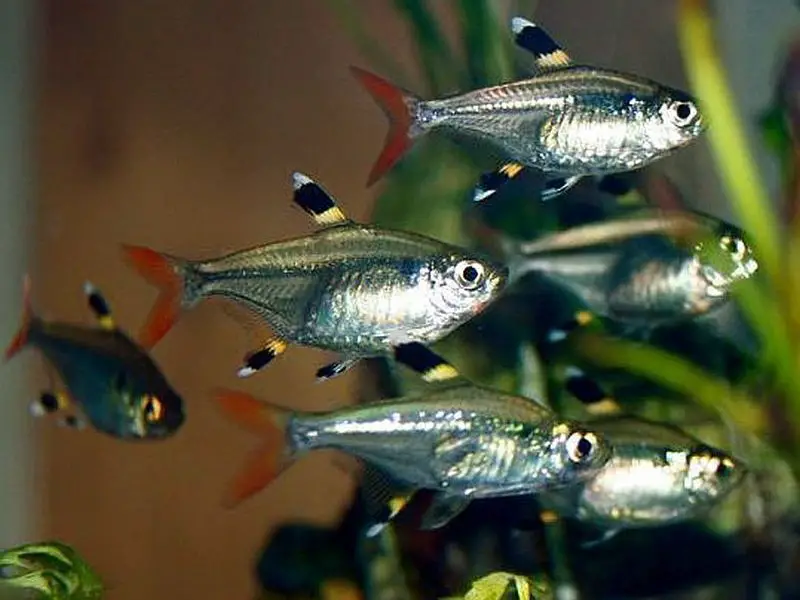
The pristella tetra is easy to care for, so this species is often recommended as one of the best fish for beginners. This fish’s hardy nature and peaceful temperament make it less likely to cause problems in the tank.
An added bonus is that pristella tetras are from the Amazon basin. Conditions here are easy to recreate in your aquarium. The Amazon basin is also home to many other beginner species, so forming your first community is simple.
Looking at the pristella tetra’s natural habitat is useful when designing a suitable diet for this fish too. By mimicking what they eat in the wild, you can ensure that your fish will receive all the nutrients they need.
Providing a healthy aquarium and diet reduces the risk of diseases and other health problems, although sometimes these problems are unavoidable.
Pristella tetras can contract many common freshwater diseases. If you see an outbreak in your tank, don’t panic. There’s usually plenty that you can do to return your fish to good health.
Habitat and Tank Requirements
When caring for a fish of any species, replicating its natural environment is the best way to keep your fish happy and healthy in its new tank.
For pristella tetras, you should aim to recreate the Amazon and Orinoco basins of South America.
These are tropical freshwater rivers, so you will need a heater to keep your aquarium water warm enough. Pristella tetras enjoy a fairly neutral pH too.
Even though some pristella tetra populations are found close to estuaries, you shouldn’t keep your fish in brackish habitats, as it will reduce their lifespan.
A pristella tetra’s physical environment can vary between populations. Sometimes the riverbed is sandy, but other times it’s covered in rocks and debris. There is usually plenty of vegetation though.
Tank Conditions
It is quite simple to mimic the Amazon/Orinoco basin in your aquarium. A pristella tetra’s needs are easy to meet—you don’t need to create extreme conditions or use special pieces of equipment.
For your tank, you’ll need standard aquarium lighting, an effective filter, and a heater. You can add an air pump if you want to create water movement and improve oxygen levels.
The heater should be set between 75°F and 82°F, to match tropical river temperatures. The pH should be 6.0–8.0.
Due to the small size of pristella tetras (up to two inches), you can keep a small group of these fish in a 10-gallon fish tank. Don’t use a tank smaller than this, or you risk overcrowding.
The more fish you want in your shoal, the larger your tank will need to be. If you can provide extra space with a bigger tank anyway, your fish will always appreciate it. Larger tanks are easier to maintain too.
When filling the aquarium, start at the bottom of the tank. Layer the base with a fine-grained sandy substrate. Pristella tetras don’t spend much time in the lower regions of the tank, so substrate choice isn’t crucial.
You can arrange decorations however you like on top of the substrate. Be sure to leave plenty of open swimming spaces for a shoal to move around together.
Adding some live plants is important because these act as a shelter for stressed fish or places to lay eggs when breeding. Plants will also help to keep the water clean and oxygenated.
Tank Mates
Peaceful fish like pristella tetras can be kept with a range of different species without causing compatibility problems.
This doesn’t mean that pristella tetras can be kept with any fish, however.
Some species are too aggressive and may harass your tetras to the point of death. Others are too big and could eat your tetras in one mouthful.
You should choose other peaceful species of a similar size to be your pristella tetras’ tank mates.
Some good options include danios, small barbs, mollies, corydoras catfish, kuhli loaches, white cloud mountain minnows, or even other species of tetra.
Remember that pristella tetras are a shoaling species. You must keep them in a group of at least six to avoid them becoming stressed and ill.
To mix things up a bit, you could try introducing some invertebrates. Most shrimps and snails will get on very well with your pristellas, and they will show off some different behaviors.
Diet and Feeding
Pristella tetras aren’t fussy eaters. As omnivores, they will happily accept both meaty foods and vegetation, which means most aquarium foods are suitable.
Before designing a diet, you should learn what pristella tetras naturally eat in the wild.
The bulk of a pristella tetra’s diet is made up of small insects, worms, and crustaceans that can fit into its small mouth.
Pristella tetras eat plant debris too and even live plants if the fish are struggling to find something floating in the water column.
The best aquarium equivalents to a pristella tetra’s natural diet are live and frozen foods, which are full of nutrients. There are many fresh and frozen options to choose from, such as daphnia, brine shrimp, and bloodworms.
Dried foods like flakes and pellets are good options because they are cheap and easy to store. Dried foods aren’t as nutritious though, so they should always be supplemented with something else.
A varied diet is the best way to provide the widest range of nutrients possible, ensuring that your pristella tetras receive all the nutrients they need.
If you have any leftover green vegetables in your kitchen, you can chop these up into small pieces and add them into the tank too.
Feed your pristella tetras in small amounts 2–3 times a day. Only give them an amount that they can finish within a couple of minutes.
If you feed your pristella tetras at the same times every day, they will learn your routine and become more active around feeding times.
Disease
There are no species-specific diseases to be aware of for pristella tetras, but you need to watch out for signs of common freshwater diseases.
The most common example is ich (white spot disease), a parasite that causes white spots to appear across the affected individual’s body.
Another possibility is fin rot. This begins as fraying on the tips of fins, but can eventually cause the whole fin to fall off.
There are lots of treatments available from pet stores to address diseases like these. Treat the infected fish in a quarantine tank to protect the other fish in your aquarium.
Pathogens thrive in poor water conditions. The best way to avoid disease in the first place is to maintain a clean environment.
Perform regular water changes, wipe away excess algae, and rinse the filter in old aquarium water.
Breeding
Getting your pristella tetras to breed shouldn’t be too difficult, as breeding happens regularly in captivity. The key is to make your fish feel at home by setting up your tank in the right conditions and maintaining this environment.
Increasing the nutrient content of your tetras’ diet is a great way to get your fish ready to spawn.
Gradually raising the temperature by 3°F a day is also a good trigger for spawning, but you shouldn’t exceed 82°F.
You should be able to see when a female is ready to spawn because her eggs will be visible through her translucent body.
A male will fertilize the eggs and the female will lay up to 400 at a time by scattering them among the vegetation. These eggs should start hatching after 24–72 hours.
Raising pristella tetra fry can be difficult. Separate the fry from any tank mates (including the parents) to prevent them from being eaten.
You should also increase the frequency of your tank maintenance because any changes in the water conditions can kill the delicate fry.
You will need to feed the fry tiny foods like infusoria, baby brine shrimp, and crushed flakes until they are large enough to eat like adults.
Should You Get a Pristella Tetra for Your Aquarium?
If pristella tetras stand out to you as a species you want to keep, there’s no reason you can’t set up an aquarium for them.
Pristella tetras are peaceful and hardy fish that even beginners can enjoy.
You could even add a shoal of pristella tetras to your existing tank if the conditions are suitable for their needs. Make sure any tank mates won’t harass or eat your tetras.
Once you have your own shoal, you’ll notice that your tetras’ distinctive colors (or lack of) and social behaviors make your aquarium a much more interesting place. You won’t be able to look away.


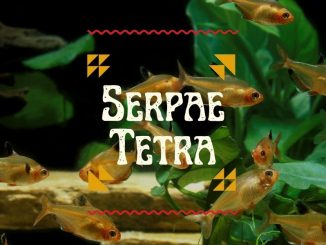
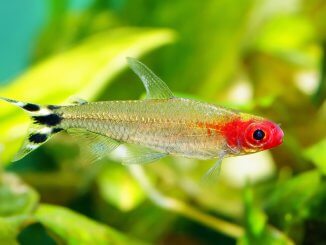
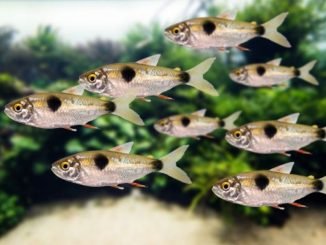
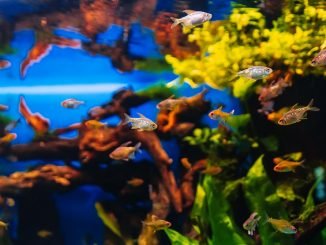
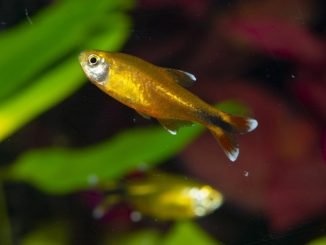
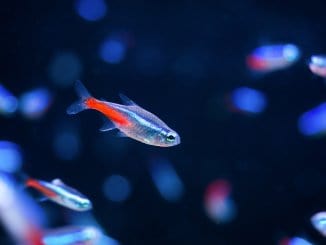
Be the first to comment